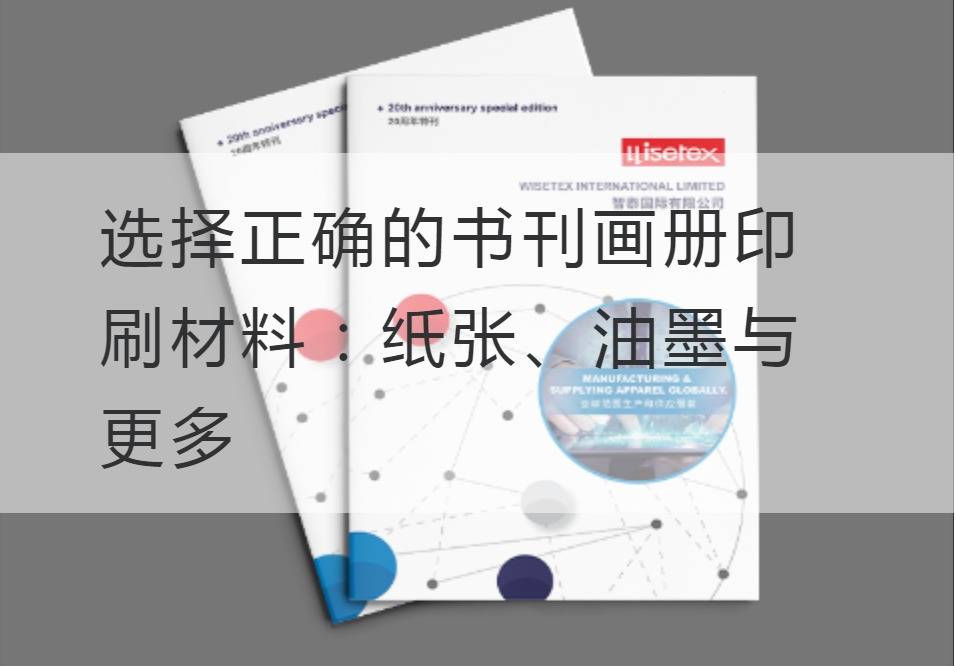Choosing the right materials for printing books and albums: Paper, Ink & More
In the printing industry, choosing the right materials is essential to ensure the quality, durability and beauty of books and albums. Paper and ink are two key materials in the printing process, while other factors such as page turning, binding, and post-processing are equally important. This paper will explore the factors that need to be considered when selecting the right materials for printing books and albums.
First of all, choosing the right paper is crucial to the quality of books and books. There are a wide variety of paper, including coated paper, matte paper, art paper and so on. Different papers are suitable for different printing needs. For example, coated paper is suitable for color printing and has excellent color reproduction and glossiness. And the matte paper is suitable for black and white printing, give a person a calm texture. Art paper is suitable for prints that require high picture detail and texture. In addition, the weight of the paper is also a factor to consider. Higher gram weight paper is more durable and suitable for long-term storage of books and albums, while lower gram weight paper is suitable for one-off consumption or short-reading prints.

Second, choosing the right ink is equally important for the quality and appearance of the printed work. Inks can be divided into oily ink and water-based ink two types. Oily ink has good gloss and saturation, suitable for large area color printing. However, because it contains organic solvents, the volatilization of ink to the environment caused by greater pollution. In contrast, water-based inks, although not as shiny and saturated as oily inks, are more environmentally friendly and have less impact on health and the environment. Therefore, in the choice of ink, the need to balance its effects and environmental protection.
In addition to paper and ink, other factors can also affect the printing quality of books and albums. Page turning is one of them. Different types of albums use different page turning methods, such as folding, wireless adhesive binding or wire binding. Each page turning mode affects the appearance and user experience of the album. Therefore, you need to select a page turning mode based on actual requirements. Also, the binding is important. Common binding methods are glued and wire-bound. Adhesive binding is suitable for thin books to keep them flat, while wire binding is suitable for thick books to increase stability and durability.
Finally, the post-processing effect is one of the key factors to improve the quality of books and periodicals. such as overglazing, embossing, bronzing, etc. These effects can increase the visual appeal and texture of the book, making it more distinctive. However, overuse of post-processing effects can cause the album to appear too cumbersome or low-grade, so you need to pay attention to proper handling when using it.
To sum up, the selection of correct printing materials for books, periodicals and albums includes the selection of paper and ink, as well as the consideration of page turning, binding and post-processing effects. Correct selection can ensure the quality, durability and beauty of books and periodicals, so as to better meet the needs of readers and customers. As writers, when working with print manufacturers, we need to select the most suitable print material according to actual needs to ensure the final publication.album printingThe desired effect can be achieved.



